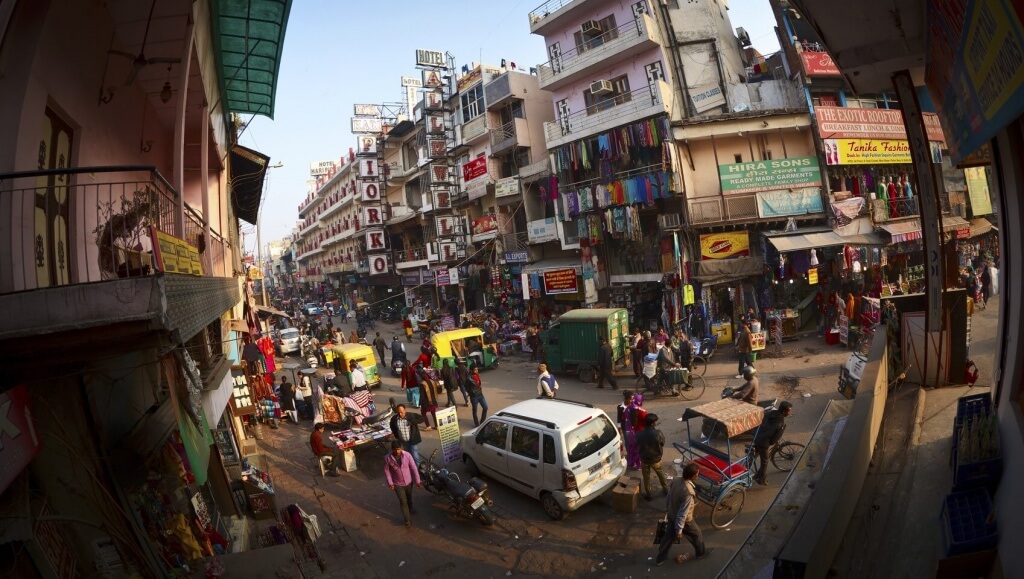
The Indian government has implemented several schemes that have aided Indian people in improving their financial circumstances and benefited the country's economy. These initiatives have boosted the financial capabilities of the Indian people.
We have examined some schemes that contributed to the ordinary person's financial development.
Minister of Finance Yojana Jan Dhan Yojna (PMJDY)
PMJDY is a government initiative for the poor and homeless that is part of a National Mission for Financial Inclusion. Its primary objective is to offer affordable access to banking services, including savings and deposit accounts, remittance, borrowing, insurance, and pension. Prime Minister Narendra Modi launched the program on the occasion of Independence Day in 2014.
What has altered the situation?
Firstly, 29.43 crore bank accounts have been established. These accounts have a combined balance of Rs 65 crore. Secondly, 1.26 million Bank Mitras provides branchless banking services in a growing number of Sub-Services Areas. Moreover, over 25 million Jan Dhan accounts in the nation, roughly 5.8 million of which have zero balance.
Benefits
For individuals who established bank accounts before January 26th, the government intends to provide Rs. 1 lakh accident insurance policy and Rs. 30,000 life insurance policy. More benefits include:
- An annual interest rate of 4% on money deposits
- no minimum balance requirements.
- Deposit funds from government programs into your bank account.
- After six months of account operation, an overdraft option of up to Rs. 5,000 is available.
Sukanya Samriddhi Yojna Sukanya Samriddhi Yojna (SSY)
On 22nd January 2015, Narendra Modi announced the Sukanya Samridhi program as part of his 'Beti Bacho, Beti Padhao' campaign. The purpose of this program is to cover the costs of a female child's education and marriage.
What are the characteristics?
It allows for the establishment of one account per female kid. A family with two female children may have a maximum of 2 accounts. However, if the first or second birth resulted in twins or triplets, a third account may be created.
During a financial year, a minimum of Rs. 1,000 and a maximum of Rs. 1.5 lakh may be deposited. Deposits in the account are permitted for 14 years from the account's inception date.
The account may be closed only when the girl attains the age of 21. Even after turning 21, if the account is not closed and the funds are not removed, interest may continue to be generated on balance. At the time of account establishment, a birth certificate must be provided.
Benefits
A parent or guardian may establish and manage the account as soon as a female child reaches ten. After the girl reaches 18, she may take up to 50% of her balance to fulfill her school obligations. Money may be moved between approved banks or between post offices and licensed banks. It offers an 8.6% interest rate and income tax advantages.
RSBY: Rashtriya Swasthya Bima Yojana
This program began in 2008. Its primary objective is to offer health insurance coverage to those below the BPL (Below Poverty Line) threshold.
Benefits
It covers unorganized sectors such as construction registered with Welfare Boards, Street Vendors, Licensed Porters (railway, MNREGA, mine, car or taxi drivers, etc. It provides coverage of up to Rs. 30,000 on a floater basis for a family of five. It also covers transportation costs of up to Rs. 100 each hospital visit, up to a maximum of Rs. 1,000.
The subscription is just Rs. 30 per year, and BPL households may get an RSBY smart card, allowing users to claim up to Rs. 30,000 in medical costs each year.
Moreover, the government has introduced different economic schemes, such as launching an online portal to assist people and other schemes in providing farmers with minimum income support. For instance, govt has launched PM Kisan, and Meebhoomi Schemes to help people and farmers.
National Social Assistance Scheme
This is a centrally funded program that began in 1995 to give financial support to the elderly, widowed, and disabled persons in social pensions. The benefits of government programs are available to all socioeconomic classes.
Who is eligible?
Anyone over the age of 60 who is below the poverty level
Widows from the BPL who are between the ages of 40 and 64
BPL those who are disabled to a greater than 80% degree and are above the age of 18
Pradhan Mantri Mudra Yojana (PMMY)
Micro Units Development & Refinance Agency Ltd. is a new initiative dedicated to developing and refinancing micro-units.
There are three items offered under PMMY in 2016:
Shishu: Provides up to Rs. 50,000 in loans.
Kishore: Provides up to Rs. 5,00,000 in loans.
Tarun: Tarun provides loans up to Rs. 10,000,000.
Benefits
Mudra loans are available for automobiles (commercial vehicle loans, automobile loans, and two-wheeler loans).
Business Installment Loan (BIL): Loan for working capital requirements, equipment purchases, and office renovations, among other things.
Business Loans Group Loans (BLG) and Rural Business Credit (RBC): Overdraft and working capital loans on a drop line basis. Repayment of the loan may take up to seven years.
Thanks for signing up to Minutehack alerts.
Brilliant editorials heading your way soon.
Okay, Thanks!